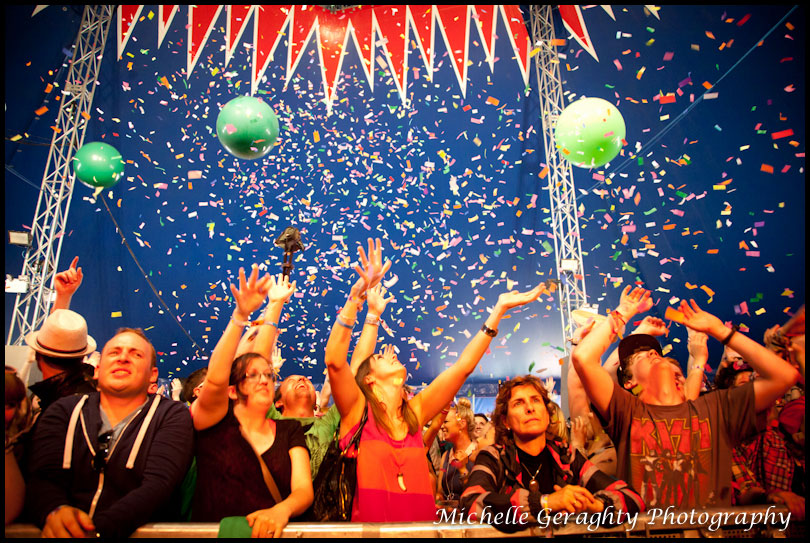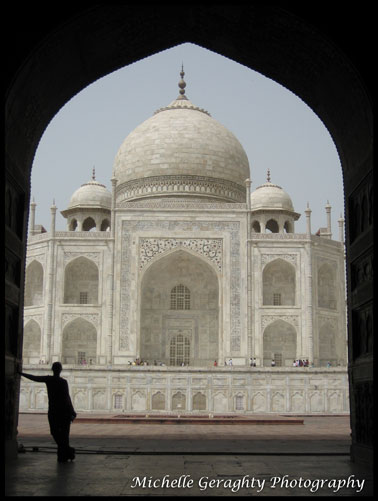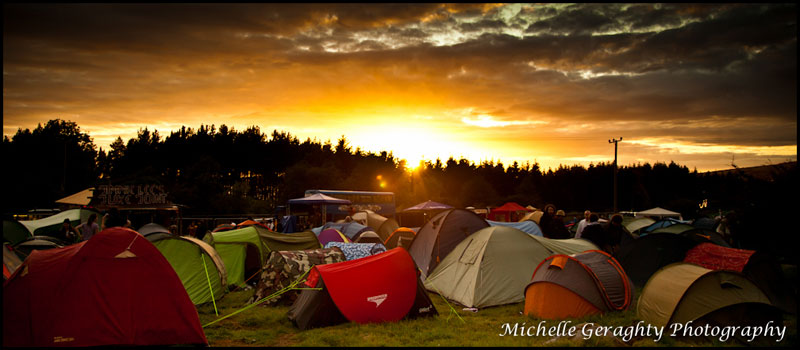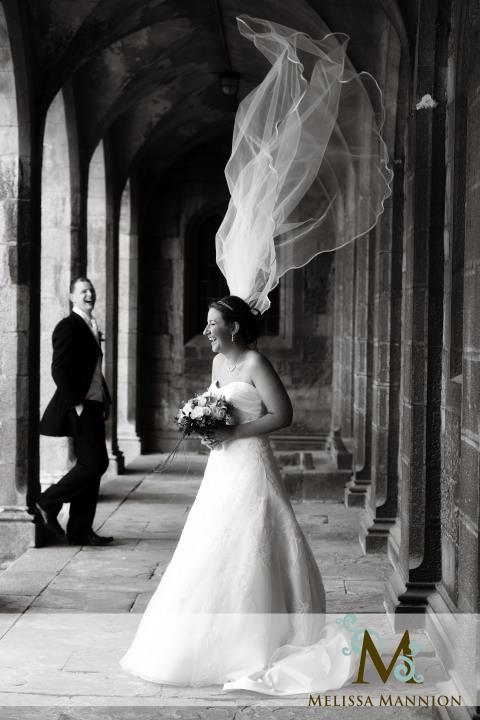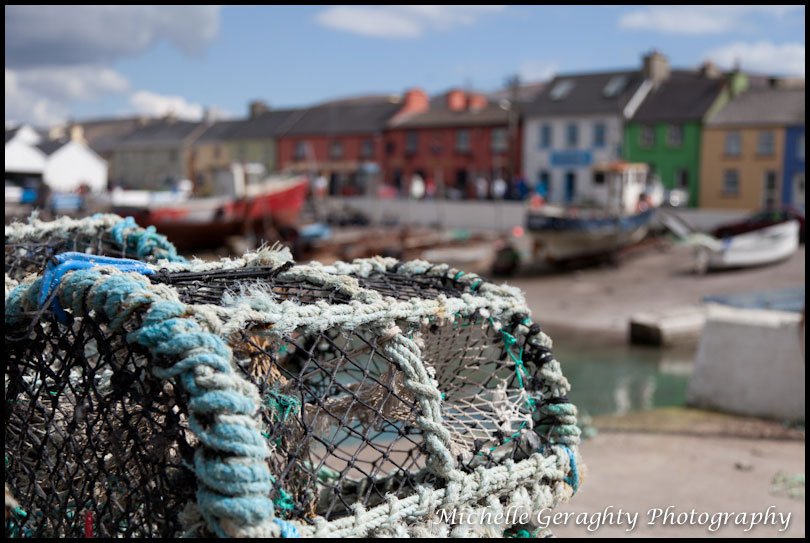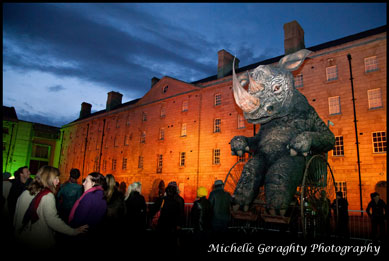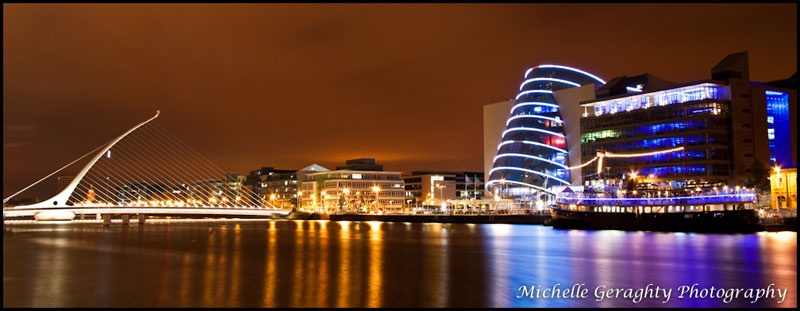When Evelyn asked me write a guest blog for her now famous website, I was both flattered and slightly nervous. It’s been many years since I’ve written an essay for an English teacher! So long in fact that the last time I did this, I was literally putting pen to paper. Now, I can’t even imagine writing an essay without spell check, the delete button and ‘cut and paste’ to edit as I go.
I only slightly digress here, as the delete button applies to taking photos too. To be in a position to review a photo immediately and have the opportunity to change your settings and have a second go at the shot within 10 seconds of the first, makes all the difference. After all, practice makes perfect. But at 30c a click, the film era was an expensive learning curve for many.
So is that the key to taking a good photograph? Click until you get it right?
By way of background, I’m not a full-time, “professional” photographer. What started as a passion has thankfully led to some wonderful shooting opportunities, but for the most part, I sit in an office practicing law. For this reason, I’m often reluctant to even describe myself as a photographer (!) which, upon reflection is ridiculous. Everyone who knows me knows I’m happiest with a camera in my hand and that there’s nothing I love more than capturing a moment in time, a memory or an image that brings a smile to someone’s face. So yes, I am a photographer. I don’t have a diploma or a degree in media studies, design or art however and truthfully, this is the first time I’ve ever thought in depth about what the qualities of a great photo are. The first answer that comes to mind for me therefore is simple – it’s about how it makes you feel.
Yes, when you get deep into it, there are an enormity of technical considerations, aperture and shutter speed settings and rules on ‘the perfect photo’ out there. There are libraries of books and millions of blogs and youtube videos on a multitude of photography issues. And should you so choose, you can spend hundreds or even thousands of euros on the best gear and courses. All of these things will certainly help perfect your art, but like all art, what makes a good photo is subjective.
So as a photographer, the most important lesson I can offer is this – if you love a photo; if it means something to you; if it reaches you in a way that makes your mind race, your heart pound or makes you laugh out loud; if it stirs a memory or a feeling inside of you or if it you simply like the look of it, it’s a good photo. Sure, it may have faults. It may disobey all the rules and get no ‘likes’ on Facebook. And worse, it may not sell, not a small problem if your livelihood depends on it. But I do not believe any of that matters.
The photo should be sharp, with the subject in focus. It should have vibrant colours or strong black and white monochromatic tones. It should be framed well and most importantly, it should tell a story. If it doesn’t evoke some emotion at a glance, it has probably failed as a news photo. War images evoke anger and chaos. Sports images evoke action and reaction. Festival images evoke fun and excitement.
Even something relatively bland like a portrait of a politician at a press conference should complement the news story. Is their face buried in their hands? Do they look angry or content? Are they desperately trying to make a convincing argument with a defeated look in their eyes? It’s actually incredible how a photo can speak volumes in seconds. Have you ever looked at a single image of a musician, live in concert and thought, that looks like an incredible gig? If so, what made you think that? You weren’t there. You didn’t hear a single note and you probably can’t even tell if the venue was half full? For me, it’s a number of things: the dramatic lighting or smoke-filled stage, the beads of sweat running down his forehead or the veins in his neck as he pours his heart and soul into every note that comes out of his mouth. How on earth could it have been a bad gig? Does it matter if it was? No. The photo is an art form in itself and can be judged independently. But if it helps sell tickets, excellent. That said, sometimes the photo won’t be as sharp as you’d like (the dark, crazy lighting conditions of a gig are far from ideal) but if it makes you feel like you’re there, on stage, in the moment, then who cares. It’s a great photo. It all comes back to how it makes you feel.
But let’s step back from what the media are looking for in a photo. You’ve been to a gig or a show. You’ve ignored the conditions on your ticket and you’ve brought your camera. You take dozens of shots and they’re all blurry. And then at the end of one song, the stage lights up, the crowd go wild and click! There it is! You can vaguely make out a figure on the stage, the atmosphere looks incredible and you’re over the moon! Straight to facebook! Mission accomplished.
So does this mean you shouldn’t learn more about your art or try to improve? Of course not. In any case, if you’re passionate enough about photography, this won’t even be a choice. For me, it’s an addiction. And the great thing is, if you enjoy it, like any passion, you won’t even realise you’re learning. You’ll look through your photos and ask yourself, why did this image work while this one didn’t? After all, the camera settings were the same. I clicked the same button. It must be the surroundings then? The more questions you ask, and the more attention you pay to your environment when shooting, and especially to the light, the more decent photos you’ll be posting on Facebook. Because you cannot but learn when you ask questions of yourself and your work and when you practice.
I travelled the world independently for 2 years back in 2006. For the most part, I travelled alone but armed with my 3 megapixel compact camera, I seldom felt lonely. And honestly, I thought the thousand of photos I took were amazing. And they were. They are. Why? Because I still look through them all the time, remembering a place, a time, a face, a feeling of elation, exhaustion or sadness. And I know as the years go on and my memories fade, my journal and my photos will always take me back. So how on earth could I not describe them as good photos?
But as the years go by and I learn more about my hobby, I would be lying if I said I don’t review them with a critical eye. In fact, there are very few in the collection that I wouldn’t shoot differently now and for the most part, none of these older travel shots are on my website because they didn’t make the cut. Back then I knew little or nothing about exposure, light, when to use the flash or tripod. I also had limited functionality with my little compact camera compared to the pro DSLR I have now. I suppose I’ve always had a natural eye for framing a photo which is definitely key. There are some classic images you see over and over again, taken from the same angle because that angle works. (Google “Taj Mahal” for images and you’ll see what I mean). If it ain’t broke, right? Sure, but try something new too. Be creative and think outside the box. What if I get down on my hunkers? What if I frame the subject through a window or door frame? What if I come back at sunset? Or what if I zoom in a little more. I’ve been to over 40 countries and I have hundreds and often thousands of photos from each of them, but there’s nowhere I don’t want to revisit and re-shoot. That’s the passion talking. So keep an open mind and don’t afraid to review your work with a critical eye from time to time.
Of course, there are some photos you will never improve on, because they captured a moment that would otherwise be forever lost. The joy of a marriage proposal. The shock when everyone shouts “surprise!” The anticipation 10 seconds before the final whistle of a big game. The determination of an athlete moments before they cross the finish line. The hopelessness of an Iraqi man standing over the ruins of his shelled home. Or perhaps something as simple as capturing a smile and seeing happiness in a loved one’s eye.
Which brings me nicely onto timing. The beauty of photography, especially shooting a location or an event, is that two photographers will rarely see the same moment or scene in the same way. And even a day late, a scene will most certainly look different, even to the same photographer. An obvious example is the comparison of a photo of Croke Park on an All-Ireland final day versus a photo, taken from the same spot, at the same time the following day. A less obvious example would be a series of shots taken of the same landscape within a 10 minute window. The sun might pop out behind the clouds. A reflection might be cast in the water. Angry rain clouds might gather. A silhouette might appear on the horizon or a horse might step into the foreground. Look again at those google images of the Taj Mahal. In many ways the same photo but each so different. Here’s one of my own favourites from a recent music festival I was shooting. I think you’ll agree this sets a very different scene to the clichéd mud-filled camping experiences we usually see in Ireland. But one minute after this shot was taken, the sun was gone, night fell and the glow of the moment was gone.
Sometimes, it’s matter of luck. Right place, right time, camera phone in your pocket and click! Brilliant. You can make your own luck too, though patience will often be required. Again, this is where the passion comes in. This ‘sixth olympic ring’ photo took Reuters photographer Luke McGregor a painstaking 3 days to get right, even with his moonrise and moonset homework completed well in advance. I’ve stood at a location for hours on end more than once: clicking and waiting, moving position and clicking again, changing a setting, more waiting… Most of my favourite landscape shots involved planning my day to capture the right light and then hours of commitment to getting it just right. For most, that sounds like punishment! Especially on a cold winter’s evening in the Dublin docklands. But each to their own. If someone told me I had to play rugby for 3 hours in the rain, I’d probably cry! I guess there’s no accounting for how people get their kicks in life!
So any other tips? For one thing ‘cheese!’ is overrated! My favourite shots from my wedding day were taken by our brilliant photographer Melissa Mannion, when neither my husband nor I knew the photographer was even clicking. A look shared during the ceremony; a close up of our hands entwined are my favourites: that moment during a ‘formal posed shot’ when my veil got caught in a gust of wind, blew vertically into the air and we broke down in laughter. Priceless.
In framing your shots, try to stick to the rule of thirds (worth a google). But for now, know that cropping someone at a joint, such as a knee, the waist or neck makes for a very odd looking photo, as does placing your subject smack in the middle of the shot. If your subject is looking to the left, place them on the right of the photo to help create the feeling that we’re looking into the distance with them. Don’t be afraid to zoom in or crop the photo on your computer to draw the eye to the essence of the shot. Or when you’re standing at a historical building about to click, have a closer look. Is there a gargoyle staring at you with its beady eye that deserves your attention? Is there a spiral staircase that creates an interesting pattern when viewed from above? How about waiting for a bee to land on that flower?
All of that takes practice and if the hobby becomes an obsession (guilty as charged!) you may wish to upgrade to a camera with manual settings so that you can take back control. With most compact cameras, the camera makes the decisions. It’s dark, the camera pops the flash. The flower is the closest subject, that’s where it will focus. The more photos you take, the more you’ll realise that you could do a lot better in the driving seat. Like setting a wide aperture to create depth of field. Changing the subject of the photo changes the photo entirely.
Understand when to use your flash and when to turn it off. The flash will only light a subject within a few metres or so (more for the pro flashes). So using it when you’re deep in the crowd at a concert will only light up the heads in front of you and leave the stage (your subject) dark. Of course, without the flash in low-light conditions, the photos will inevitably be blurred. The camera knows it’s dark so it forces the shutter to stay open a little longer to let more light in. But your hand can only hold the camera sufficiently steady at about 1/30 of a second. Increasing the ISO helps, but this will add noise or grain. That’s where the SLR camera’s come in. But if you don’t have an SLR, wait until the stage lights up and you’ve a better chance of capturing a clean shot. Generally setting the flash off can kill the atmosphere. The soft warm light of a room is replaced with the white light of the flash, but sometimes you have no choice, like when you’re shooting people or moving objects in low light conditions. But the flash can be your friend too. Where there is plenty of light in the background, don’t be afraid to light up your subject in the foreground with the flash. ‘Fill flash’ can really bring your subject out without losing the atmosphere or background.
Don’t be afraid to experiment with a tripod. Ever tried to capture a cityscape at night from a distance? But when you try to shoot, the flash pops and you’re left with black skyline and some random rubbish bin in the foreground that you didn’t even know was there ends up being lit up in all its glory! That wasn’t the plan! Change the camera setting to night mode which will keep the shutter open longer to let the light in; stick the camera on a tripod to avoid camera shake and blur and voila! I’m reminded of the value of long exposures every time I stare at my one of my Hong Kong skyline shots. Sure the buildings are sharp but it’s essentially just a black photo with some coloured lights. At the time of course, I thought I was the bees knees! And I guess it was the best I could do at the time with the equipment and knowledge I had. For example, I know now that leaving the shutter open on a camera for longer periods of time can really add wow factor, as this photo demonstrates. To the naked eye, the sky here was pretty black, but allowing the city lights to flood the sky with an orange glow over 30 seconds, really made this shot. Sometimes it works, more times the weather gets in the way. But don’t be afraid to experiment and try something new. It costs nothing to click and delete.
I could go on and on here. Try shooting close-ups using the macro setting. Put some distance between your subject and the background to create a narrow depth of field. Follow a moving object like a bicycle on a long shuttter speed to achieve a panning effect. Play around with your photos after you’ve taken them using free software such as Picasa. There’s an ocean of knowledge out there! And if like me, you find that you’re the one in your group of mates who always has the camera at the parties or events, don’t be afraid to dive in!
Before I sign off, one final (non-photography-related) thought. If when the leaving cert is over, your academic pursuits have taken you on a less creative journey than the experience you had in your leaving cert English class (or on this website!), take a moment to bring yourself back to this place in your life. Sure, right now essays are just ‘homework’ but I promise you, life gets VERY busy all of a sudden. You’ll have a day job, maybe a family of your own and perhaps even an after-hours passion which involves many hours of shooting and even more hours editing. And as you sit at your desk, sifting through thousands of photos, updating your website and backing-up your hard drive, you’ll find little or no time to stop and ask yourself a simple question like “what makes a good photograph?”. And even less time to write a comprehensive answer to that question.
For giving me the little nudge I needed to put finger to keyboard and re-live my photography journey, Evelyn, thank you.
Sincere thanks to the very talented Michelle Geraghty for agreeing to write this guest post for leavingcertenglish.net. You can visit her website or give her a like on facebook here: http://www.facebook.com/MichelleGeraghtyPhotography


